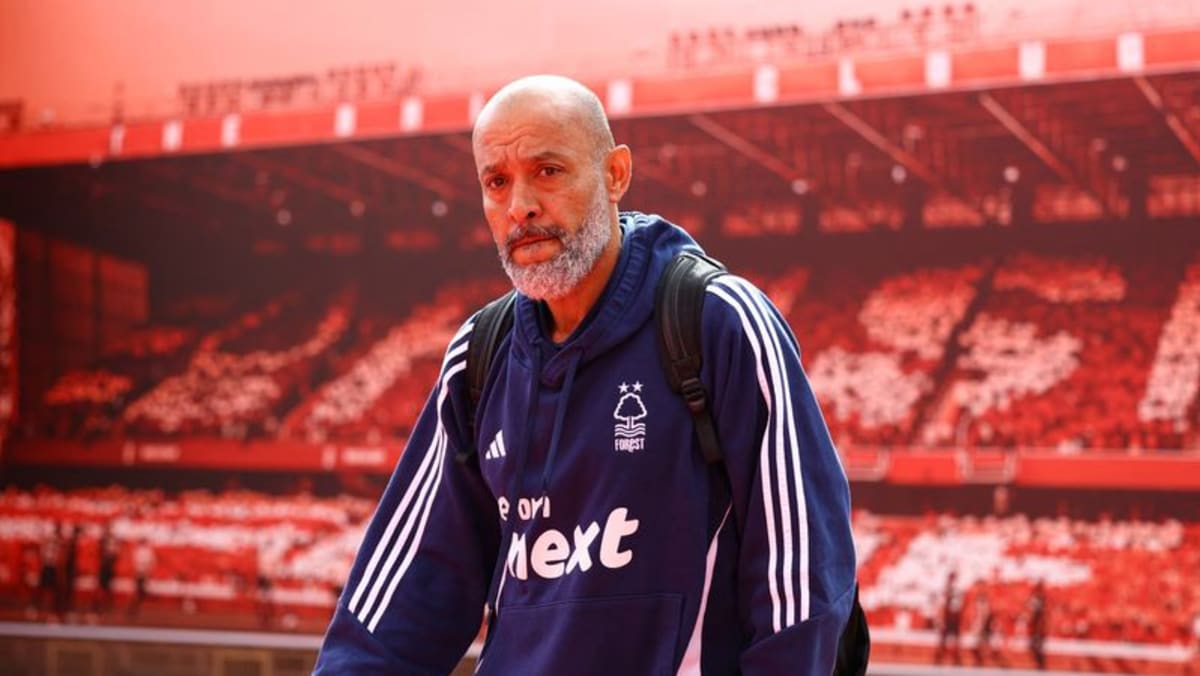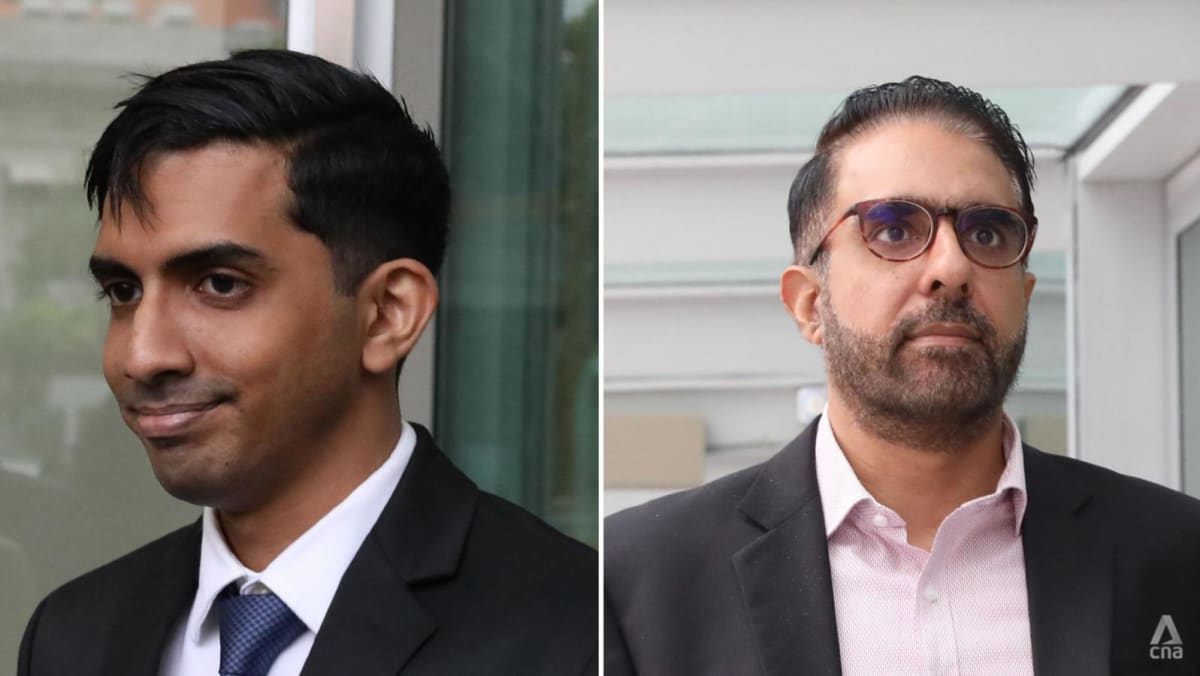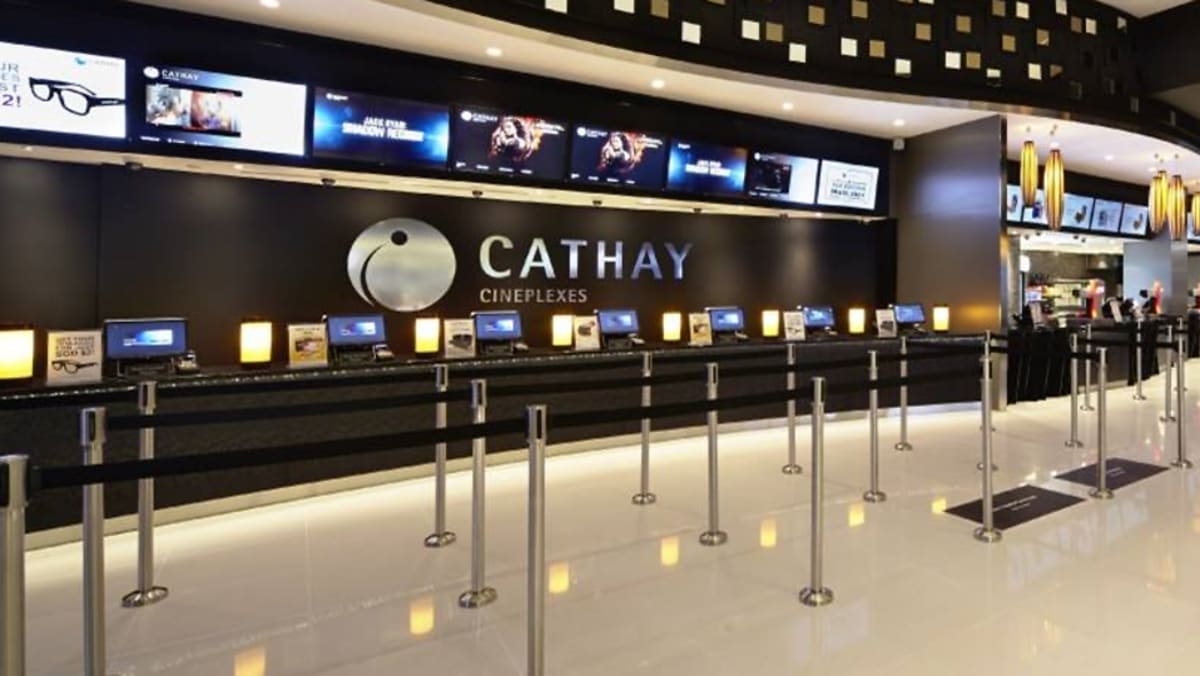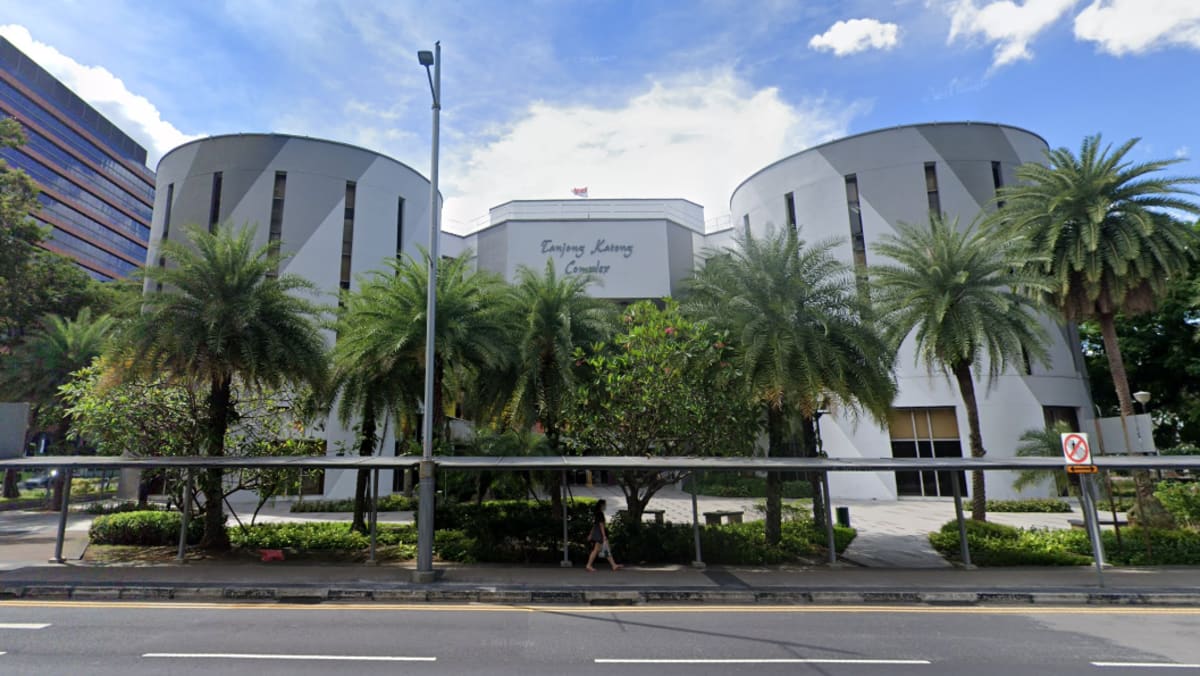“NO SLIPPERY AREA” ON AIRCRAFT
While Singapore Airlines accepts that Mr Durairaj had fallen on the flight, it denied that there was a slippery area on the aircraft floor.
It also denied that he had suffered his injuries because it breached its duty of care to him.
The judge noted the differences in Mr Durairaj’s account of the incident with those of other members of staff working on the flight.
After hearing the other witnesses’ accounts, he said Mr Durairaj was not a credible witness.
Justice Coomaraswamy said there were several “self-serving” variances between his testimony in court and what he had stated in his affidavit.
In his affidavit, he stated that he had informed his superior about a “grease patch” on the galley floor “immediately” after finding it and that he had tried to clean the patch only after his superior instructed him to do so.
However, during the cross-examination in court, he said that he had made a first attempt to clean the grease patch using paper hand towels and disinfectant on his initiative, before he escalated the issue to his superior.
Mr Durairaj also stated in his affidavit that despite his best efforts at removing the grease patch after his superior instructed him to do so, the grease remained on the floor.
However, he later said in court that his first attempt at cleaning the grease patch – the one he did on his initiative – did remove the grease patch, although the surface of the floor was still slippery.
He added that after that attempt, the grease patch became invisible, although it appeared “a bit shiny” only to him.
Mr Durairaj also said nothing in his affidavit about any other members of the cabin crew testing the slippery area after he removed the patch of grease.
But in his cross-examination, he said for the first time that he and some of the stewardesses tested the area of the gallery floor and found it to be slippery.
Describing this “embellishment” in the cross-examination, the judge said the differences in his account in court and that of his affidavit were one reason he found Mr Durairaj to not be a credible witness.
He called these differences “self-serving”. None of the other witnesses who were on the flight had noticed any “grease patch” or foreign substance on the gallery floor at any time during the flight.
“For all of the foregoing reasons, I attach no weight to the oral evidence of the claimant,” said the judge.
“In particular, I reject his oral evidence that there was any area of the galley floor that was slippery. His oral evidence therefore falls short – indeed, far short – of discharging his burden of proof on this essential element of his case.”
He also found SIA’s witnesses, which included other air stewards on the flight, to have provided “consistent, coherent and credible evidence”.
Four staff employees on the flight gave evidence that they did not see any grease or other substance on the gallery floor at any time during the flight.
No one else – neither cabin crew member nor passenger – had complained about any spill on the floor or complained about any slippery area on the floor. No one had slipped on any part of the floor or fallen, except for Mr Durairaj, said one witness.
The judge said he does not accept Mr Durairaj’s claim that the witnesses were biased in favour of the airline, as they were SIA employees.
“Having assessed their demeanour in the witness box, and even after reminding myself of the limitations of such an assessment, I have formed the view that they gave their evidence in a forthright manner and in a manner that was coherent and consistent without being contrived or collusive,” said the judge.
NO BREACH OF DUTY OF CARE
Justice Coomaraswamy also found that SIA did not breach the duty of care that it owed Mr Durairaj as it took “reasonable” measures to provide a safe place of work on board its aircraft.
As part of its evidence, SIA showed that all new cabin crew members had to undergo an intensive training programme. As part of this programme, cabin crew members are taught to remove all spills on their own initiative immediately, and to clean the affected area.
If they are unable to remove the spill, they are trained to escalate the issue to a supervisor.
Mr Durairaj was trained to deal with spills in this way.
This training also “instils into cabin crew a strong, career-long understanding of the importance of safety in general and the importance of not leaving spillage on the aircraft floor in particular”, the court heard.
The evidence of the other witnesses confirms this.
SIA’s workplace safety department also issues periodic reminders to cabin crew. One such reminder was issued to cabin crew in June 2019 to alert them about, among other things, the risk of sustaining injuries by slipping and falling on flights.
“The evidence satisfies me that the defendant’s training and follow-up measures have been effective virtually to eliminate the risk of slips and falls on board the defendant’s aircraft,” said Justice Coomaraswamy.
He noted that it is this “strong culture of safety” that slips and falls on board SIA aircraft are “exceedingly rare”. Other witnesses said they had never seen anyone fall on SIA’s flights.
The judge noted that Mr Durairaj’s experience of working for SIA was “not a happy one”, noting that he suffered six other workplace injuries between April 2017 and April 2019.
In April 2017, he was awarded S$26,200 after injuring his back while helping a passenger close an overhead luggage compartment. He was given painkillers and underwent physiotherapy.
He also slipped and fell from a staircase while exiting the crew bunk in January 2018. He had to undergo surgery in April that year and was awarded S$91,700 in compensation.
Other injuries included bruises to his forearm while changing a meal rack, hurting his thumb on a meal cart, breaking a fingernail while handling a meal cart and bruising the tip of his finger while opening a compartment door.
His contract was not renewed in April 2021 as the airline found he could “no longer contribute positively to its business”, saying that his productivity was low and he “failed to demonstrate a desire to excel”.
Due to his injuries, he was also on medical leave for 603 days from Jan 1, 2018 to Apr 10, 2021, “well over half of the working days” between those two dates, the judge noted.














